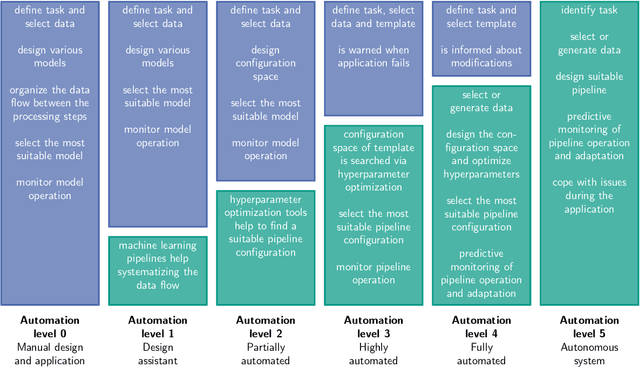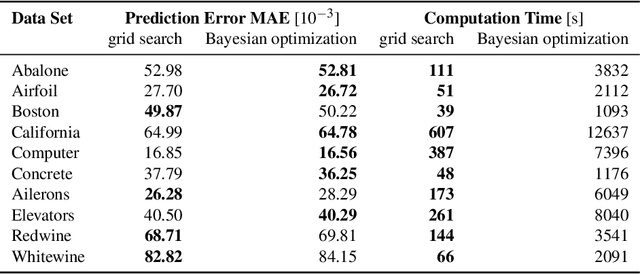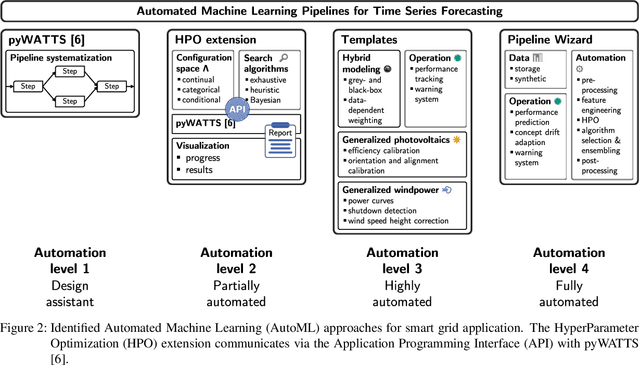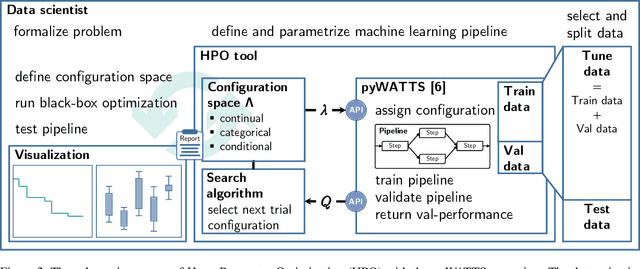Janik Pinter
Decision-Focused Fine-Tuning of Time Series Foundation Models for Dispatchable Feeder Optimization
Mar 03, 2025Abstract:Time series foundation models provide a universal solution for generating forecasts to support optimization problems in energy systems. Those foundation models are typically trained in a prediction-focused manner to maximize forecast quality. In contrast, decision-focused learning directly improves the resulting value of the forecast in downstream optimization rather than merely maximizing forecasting quality. The practical integration of forecast values into forecasting models is challenging, particularly when addressing complex applications with diverse instances, such as buildings. This becomes even more complicated when instances possess specific characteristics that require instance-specific, tailored predictions to increase the forecast value. To tackle this challenge, we use decision-focused fine-tuning within time series foundation models to offer a scalable and efficient solution for decision-focused learning applied to the dispatchable feeder optimization problem. To obtain more robust predictions for scarce building data, we use Moirai as a state-of-the-art foundation model, which offers robust and generalized results with few-shot parameter-efficient fine-tuning. Comparing the decision-focused fine-tuned Moirai with a state-of-the-art classical prediction-focused fine-tuning Morai, we observe an improvement of 9.45% in average total daily costs.
Concepts for Automated Machine Learning in Smart Grid Applications
Oct 26, 2021



Abstract:Undoubtedly, the increase of available data and competitive machine learning algorithms has boosted the popularity of data-driven modeling in energy systems. Applications are forecasts for renewable energy generation and energy consumption. Forecasts are elementary for sector coupling, where energy-consuming sectors are interconnected with the power-generating sector to address electricity storage challenges by adding flexibility to the power system. However, the large-scale application of machine learning methods in energy systems is impaired by the need for expert knowledge, which covers machine learning expertise and a profound understanding of the application's process. The process knowledge is required for the problem formalization, as well as the model validation and application. The machine learning skills include the processing steps of i) data pre-processing, ii) feature engineering, extraction, and selection, iii) algorithm selection, iv) hyperparameter optimization, and possibly v) post-processing of the model's output. Tailoring a model for a particular application requires selecting the data, designing various candidate models and organizing the data flow between the processing steps, selecting the most suitable model, and monitoring the model during operation - an iterative and time-consuming procedure. Automated design and operation of machine learning aim to reduce the human effort to address the increasing demand for data-driven models. We define five levels of automation for forecasting in alignment with the SAE standard for autonomous vehicles, where manual design and application reflect Automation level 0.
 Add to Chrome
Add to Chrome Add to Firefox
Add to Firefox Add to Edge
Add to Edge